
Beavers are renowned for their ability to build dams that can completely alter the flow of rivers and streams. While this behavior creates new wetlands, it can also flood large areas, submerging roads, homes, and farmland, leading to unintended disasters.
Beavers and Flooding Chaos
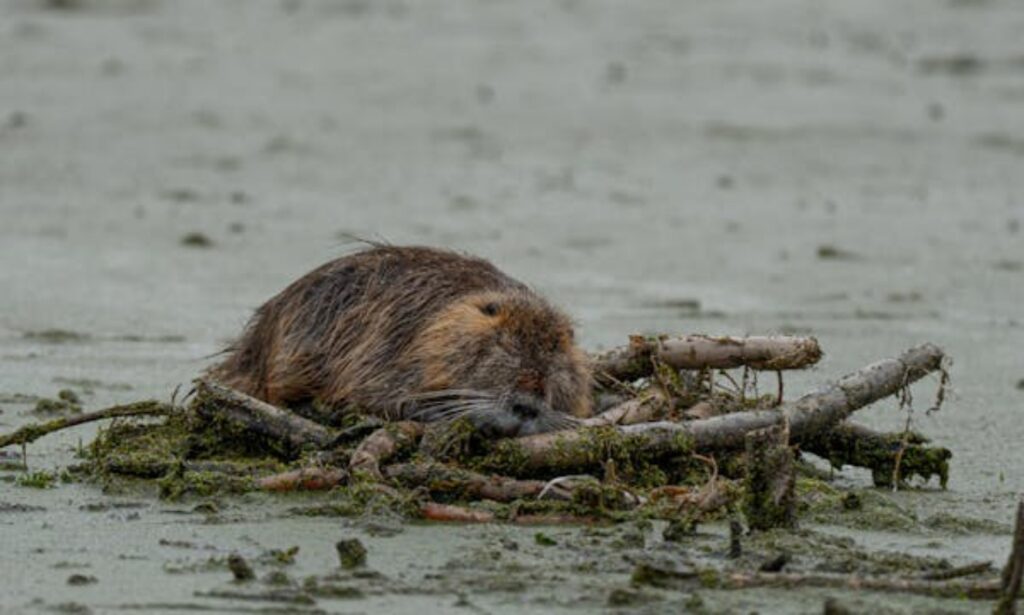
In Oregon, a colony of beavers built a dam that diverted a stream into a residential area, flooding dozens of homes. Local authorities had to intervene, but dismantling the dam caused further disruption, sending a surge of water downstream and exacerbating the problem.
Asian Carp: The Invasive Swimmers

Introduced to control algae in fish farms, Asian carp quickly escaped into American waterways, causing chaos. Their rapid reproduction and voracious appetite outcompete native fish species, leading to ecosystem collapse and damaging commercial fishing industries.
Asian Carp Invasion in the Great Lakes
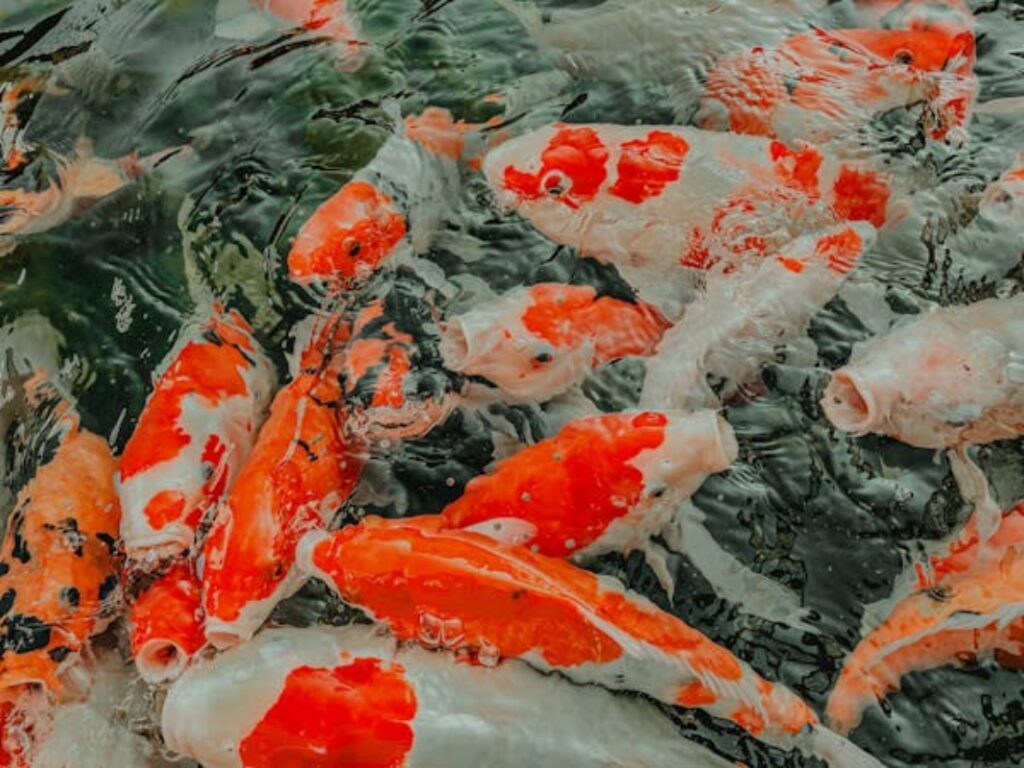
Efforts to keep Asian carp out of the Great Lakes have cost millions of dollars, with electric barriers and commercial fishing attempts. Yet, their growing numbers and ability to leap over obstacles have made it nearly impossible to prevent their spread, threatening one of the world’s largest freshwater ecosystems.
Nutria: The Wetland Wreckers

Nutria, large semi-aquatic rodents originally brought to the U.S. for fur farming, have since invaded swamps and marshes. By devouring the roots of aquatic plants, they destabilize soil and cause severe erosion, often leading to the collapse of entire wetland ecosystems.
Nutria’s Destruction of Louisiana’s Coastline
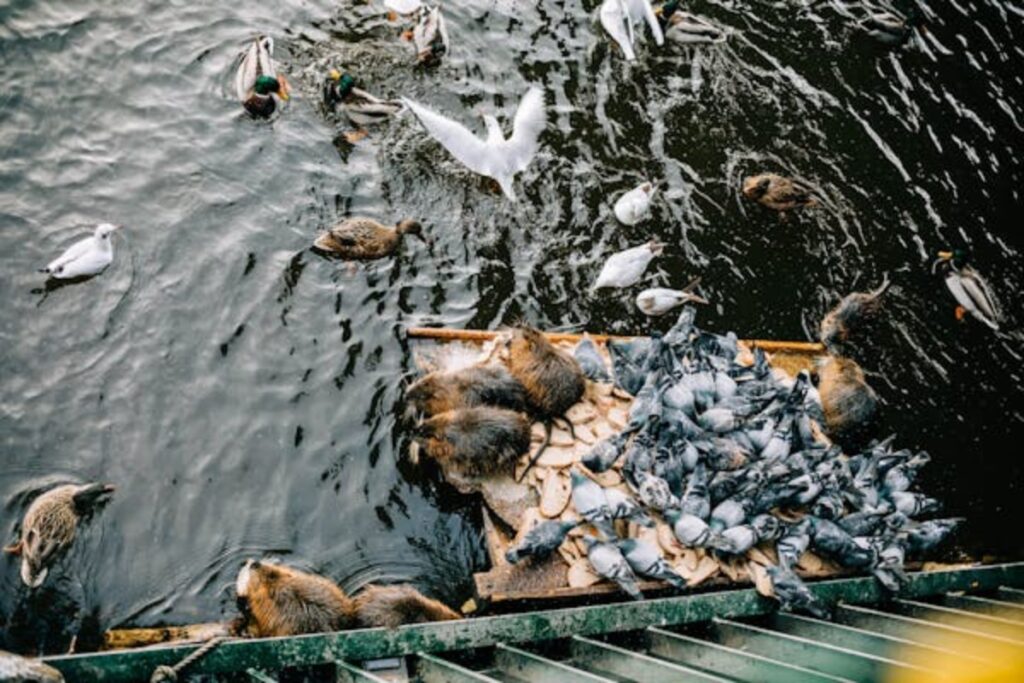
In Louisiana, nutria have devoured vast stretches of coastal marshland, removing vegetation that protects against hurricanes. Their unchecked feeding habits contribute to land loss, making the region more vulnerable to storm surges and flooding.
Zebra Mussels: The Clingers That Clog
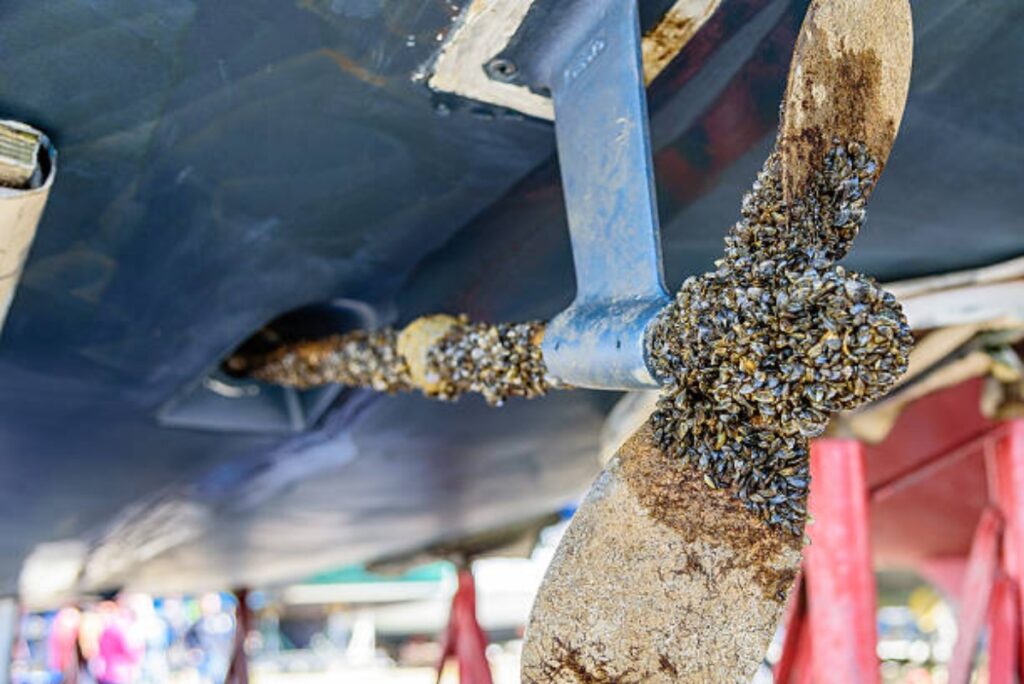
Tiny yet devastating, zebra mussels spread rapidly by attaching themselves to boats and pipes, clogging water intake systems. Their dense colonies filter out vast amounts of plankton, disrupting the food chain and making waterways more vulnerable to toxic algal blooms.
Zebra Mussels Crippling Water Infrastructure

In the Great Lakes region, zebra mussels have clogged water intake pipes for power plants and municipal water supplies, leading to costly repairs. Their sharp shells also litter beaches, making them hazardous for swimmers and disrupting local tourism.
Hippos: The Unexpected River Disruptors
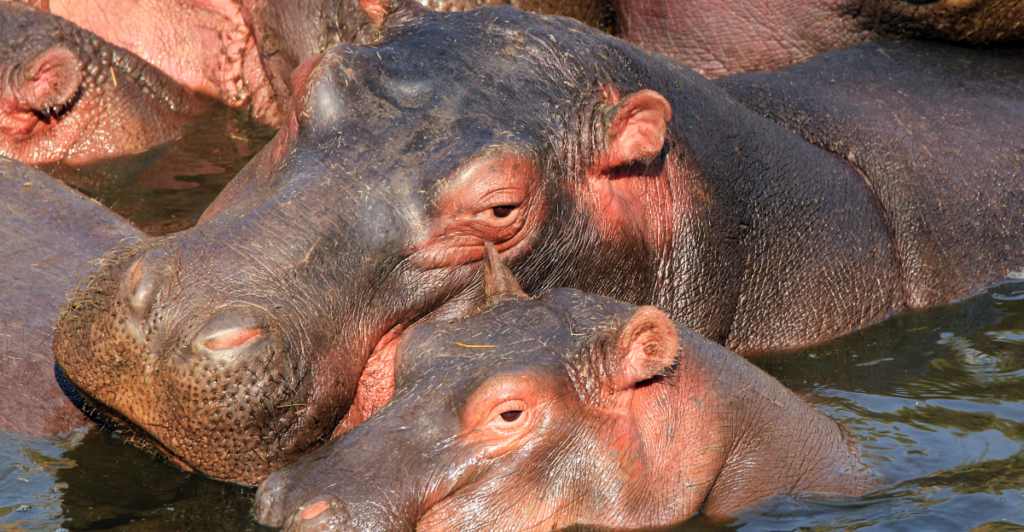
Invasive hippos, descendants of those once owned by drug lord Pablo Escobar in Colombia, are now wreaking havoc on the Magdalena River. Their massive size and appetite disturb the riverbed, increasing sedimentation and changing water quality, threatening native species and local fishing economies.
Hippos Changing the Magdalena River Ecosystem
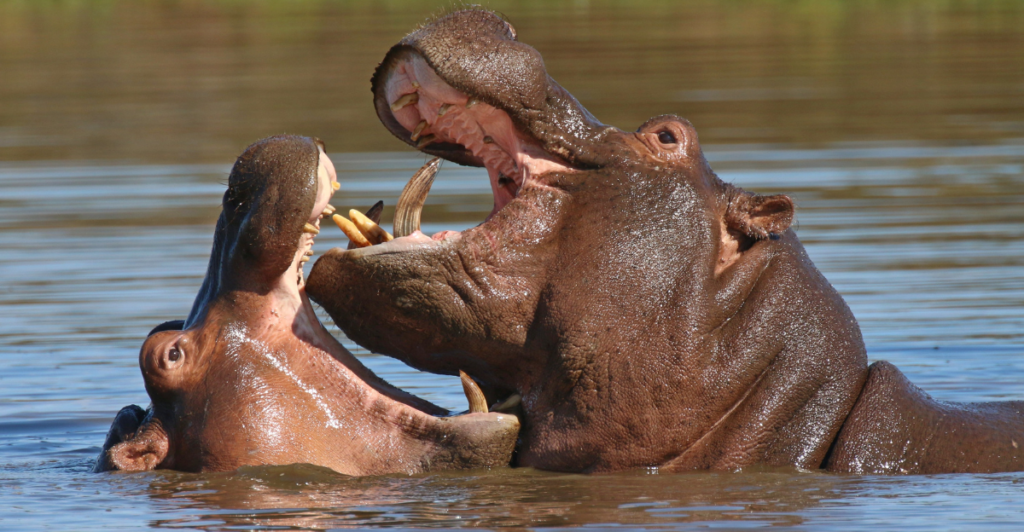
Hippos in Colombia have multiplied and now pose a threat to the local ecosystem, displacing native species. Their waste pollutes the river, increasing nutrient levels and causing harmful algal blooms, which can lead to fish die-offs and disrupt the livelihoods of local fishermen.
In each case, the power of these animals to reshape their environments has left lasting impacts on both nature and human infrastructure, turning them from fascinating species into formidable forces of destruction.
Discover more of our trending stories and follow us to keep them appearing in your feed

California Is Breaking Apart: A Fault Line Is Forming Faster Than Anyone Predicted
Philanthropist Promises To Cover $771.23M Annually After US Exit From Climate Accords
Bobcats Are Making a Comeback—And They Might Be Protecting Us From Disease
Meet the Massive Crocodiles That Make Their Homes 40 Feet Underground
This article first appeared here
Stay connected with us for more stories like this! Follow us to get the latest updates or hit the Follow button at the top of this article, and let us know what you think by leaving your feedback below. We’d love to hear from you!







